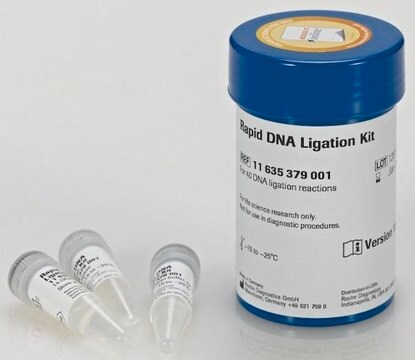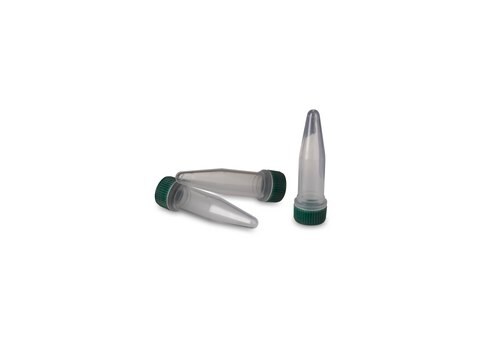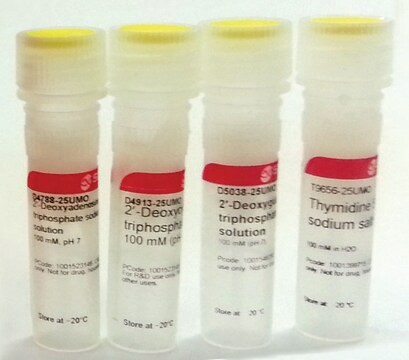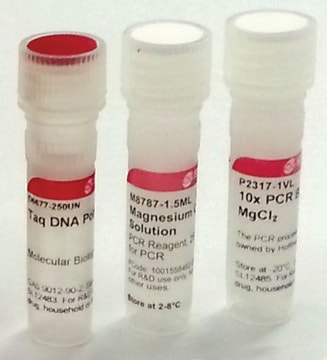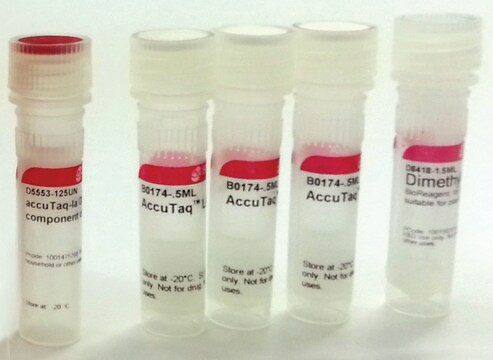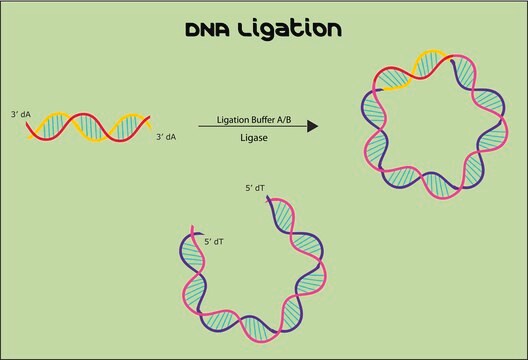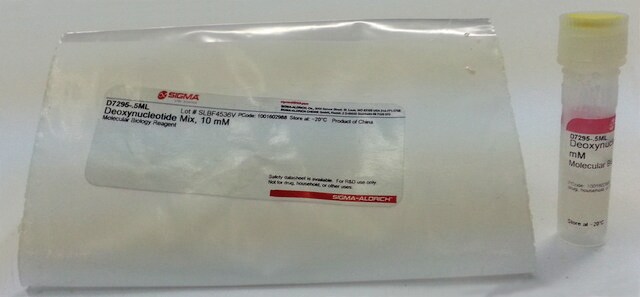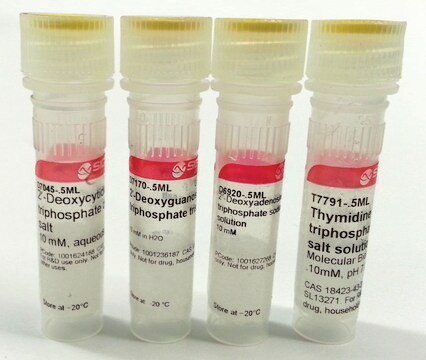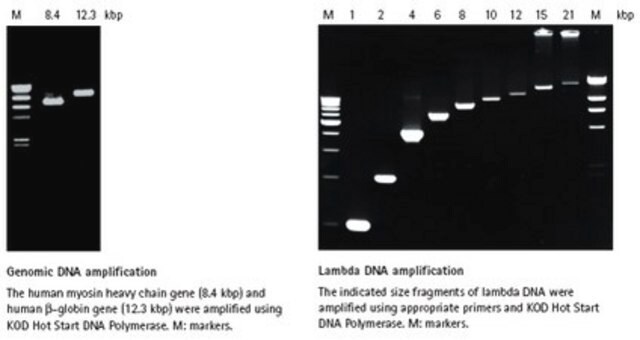D2886
DNA Ligase from T4-infected Escherichia coli
buffered aqueous glycerol solution
Synonyme(s) :
Polydeoxyribonucleotide Synthase, Polynucleotide Ligase, T4 DNA Ligase
About This Item
Produits recommandés
Qualité
for molecular biology
Forme
buffered aqueous glycerol solution
Activité spécifique
4,000 U/mL
Poids mol.
68 kDa
Numéro d'accès UniProt
Température de stockage
−20°C
Informations sur le gène
bacteriophage T4 ... 30(1258680)
Vous recherchez des produits similaires ? Visite Guide de comparaison des produits
Catégories apparentées
Application
- Ligation of blunt ended or cohesive DNA fragments
- Ligation of cloning vector and restriction insert fragments
- Seal nicks in double stranded DNA and RNA or DNA/RNA hybrids
- Couple RNA single strands by bridging oligonucleotide adapters
Actions biochimiques/physiologiques
Composants
Définition de l'unité
Autres remarques
Produit(s) apparenté(s)
Mention d'avertissement
Danger
Mentions de danger
Conseils de prudence
Classification des risques
Resp. Sens. 1
Code de la classe de stockage
10 - Combustible liquids
Classe de danger pour l'eau (WGK)
WGK 1
Point d'éclair (°F)
Not applicable
Point d'éclair (°C)
Not applicable
Équipement de protection individuelle
Eyeshields, Gloves, multi-purpose combination respirator cartridge (US)
Certificats d'analyse (COA)
Recherchez un Certificats d'analyse (COA) en saisissant le numéro de lot du produit. Les numéros de lot figurent sur l'étiquette du produit après les mots "Lot" ou "Batch".
Déjà en possession de ce produit ?
Retrouvez la documentation relative aux produits que vous avez récemment achetés dans la Bibliothèque de documents.
Les clients ont également consulté
Protocoles
T4 DNA Ligase catalyzes the formation of a phosphodiester bond between the terminal 5′ phosphate and a 3′ hydroxyl groups of duplex DNA or RNA. The enzyme efficiently joins blunt and cohesive ends and repairs single-stranded nicks in duplex DNA, RNA or DNA/RNA hybrids.
Notre équipe de scientifiques dispose d'une expérience dans tous les secteurs de la recherche, notamment en sciences de la vie, science des matériaux, synthèse chimique, chromatographie, analyse et dans de nombreux autres domaines..
Contacter notre Service technique
